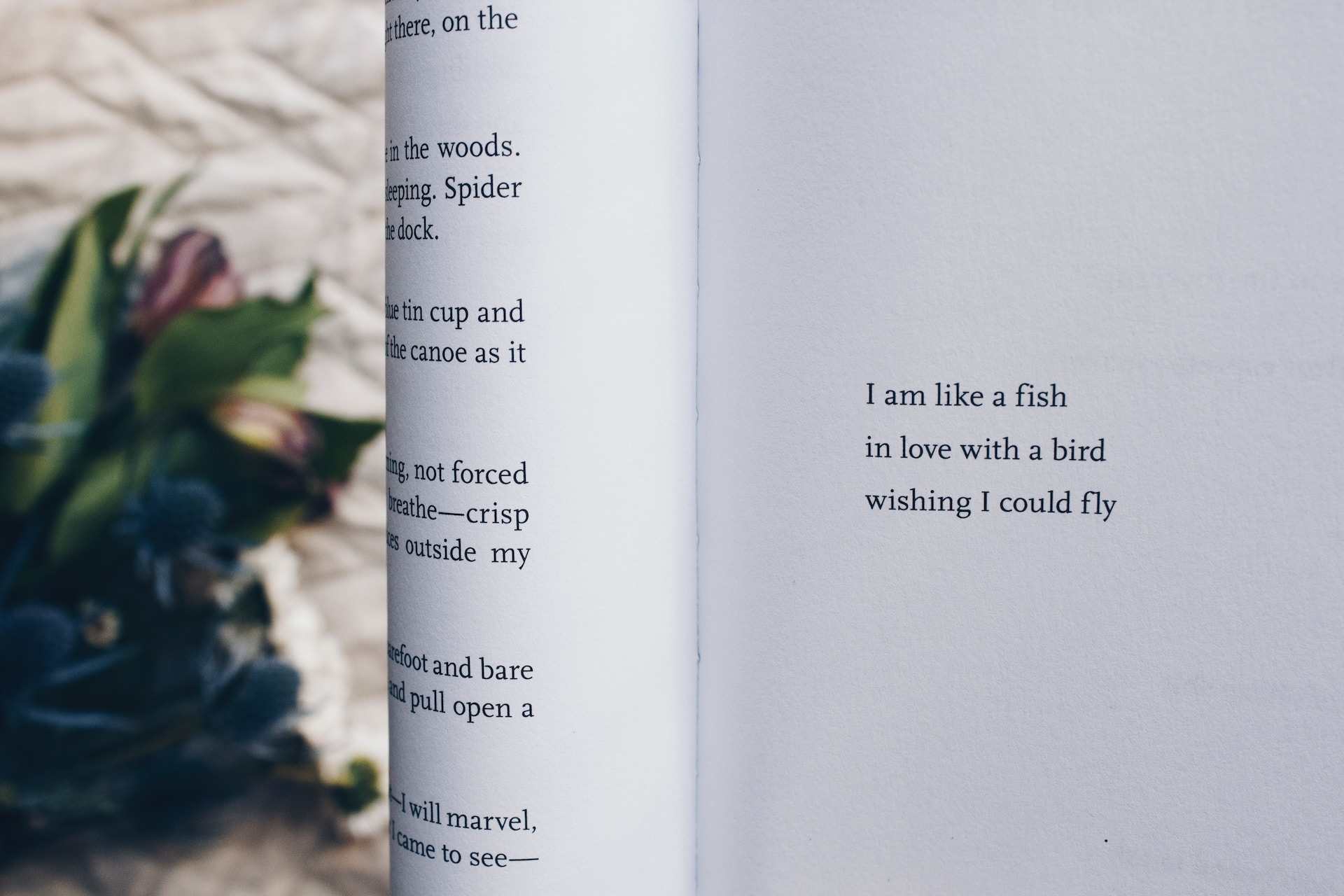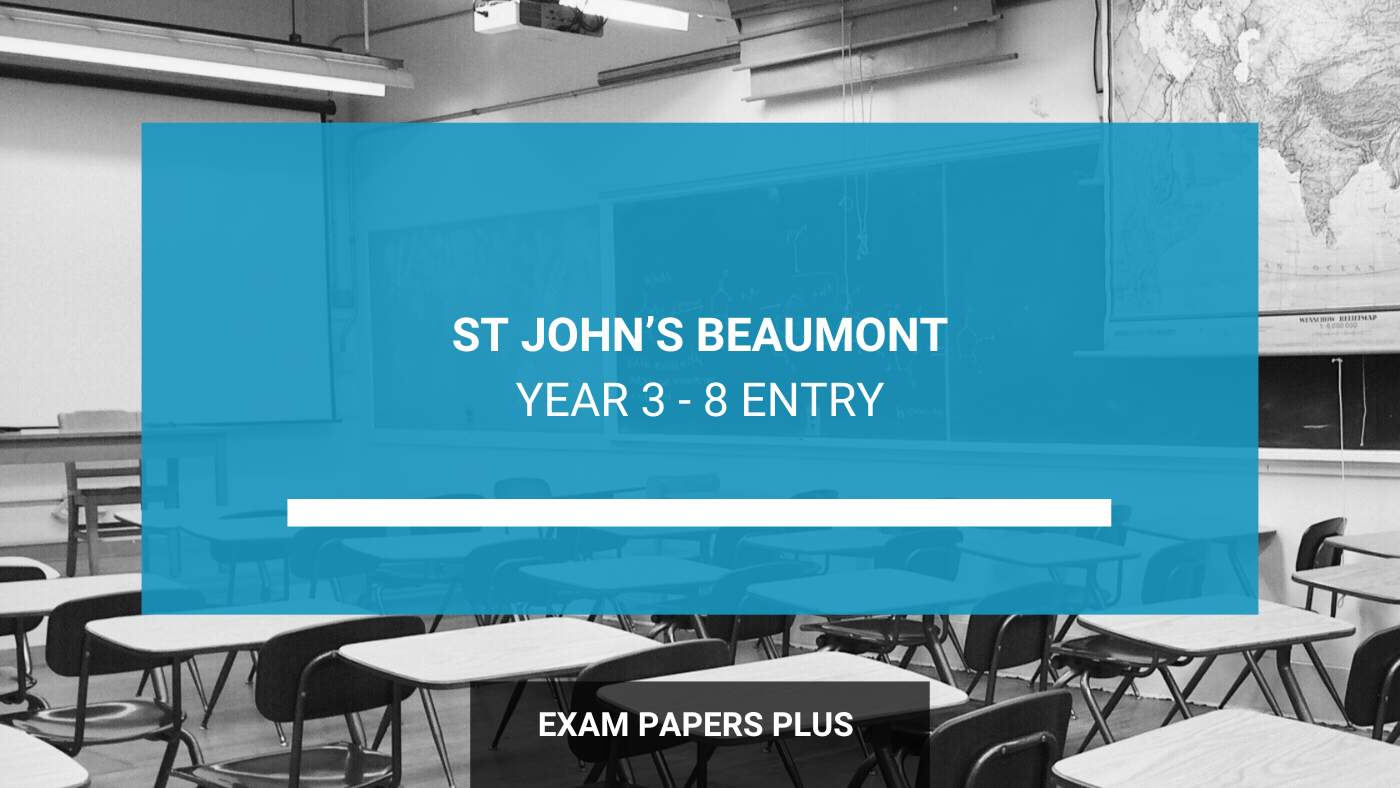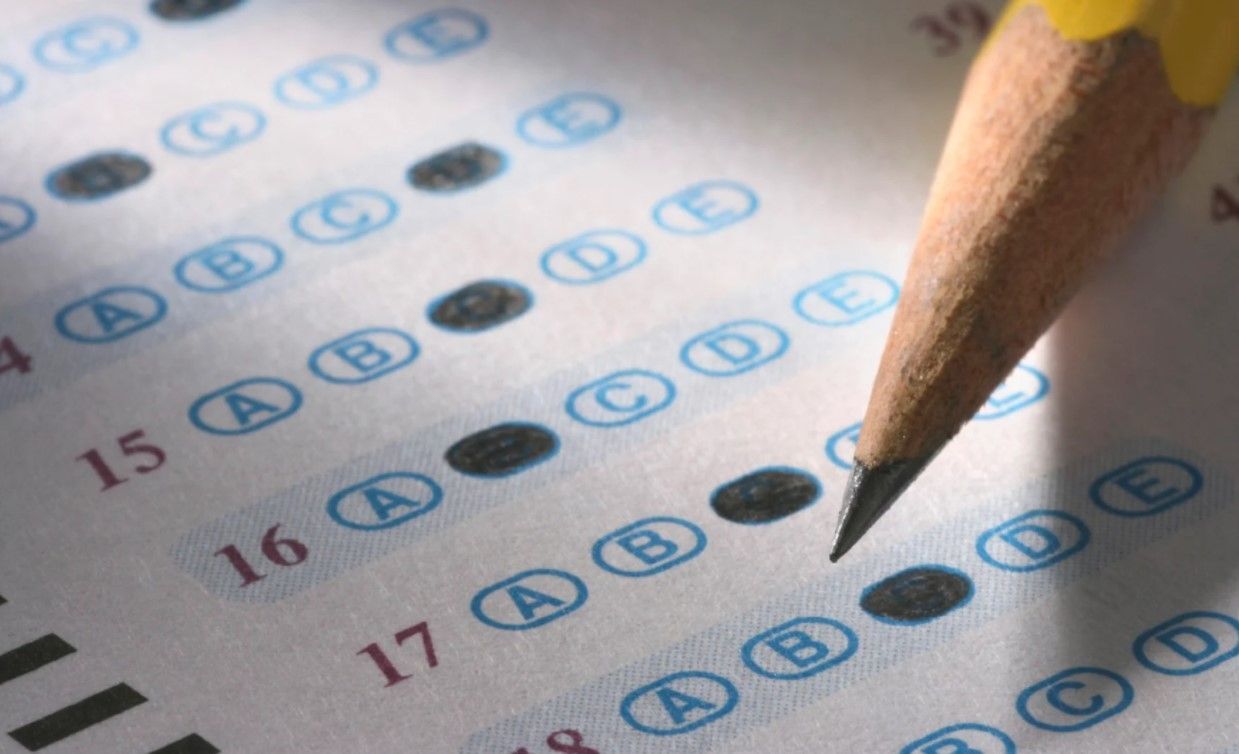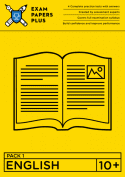
What Makes a Good Poem, and the Rise of #PoetryTok Popularity in 2024
Bookmark this page? Pop your email into the box below to receive a link to this article so you can easily refer back to it later.
Table of Contents
Introduction
Poetry is a type of creative writing and personal expression that has been around for thousands of years, with the first recognised poem in history dating back to Ancient Mesopotamia, around 2100 BCE.
While there are many different types of poetry, and with interest in the craft being subjective to both the author and the audience, typically poems are characterised by language that is used in a highly imaginative way, focusing on emotional, aesthetic and sensory experiences.
Poets will use their words to evoke emotions, convey ideas and paint exceptional images in the minds of their audiences through a range of literary devices, such as metaphor, simile, imagery, rhyme and symbolism, to create an imaginative form of communication.
But, what makes a good poem?
Because understanding what makes a good poem can be highly interpretive and can resonate differently with different people, at Exam Papers Plus we offer a range of courses that will help students with analysis and comprehension of poetry ahead of entrance exams and interviews.
The power of a poem lies in its ability to create an emotional connection with the audience. A good poem will have the ability to inspire and move people and provoke thought in a way that the limitations of everyday language simply cannot.
There are a number of qualities that are often associated with good poetry, which can make understanding poems much simpler:
Imagery and Emotion
Effective poems often use vivid and evocative imagery that appeals to the reader’s senses, allowing them to experience the emotions and situations being conveyed. Whether it’s joy, sadness, anger or contemplation, the poem should evoke a strong emotional response.
Sound and Rhythm
The rhythm and flow of a poem can greatly impact its effect. Thoughtful use of rhyme, metreand other rhythmic devices can enhance the musicality of the poem.
Theme and Message
While poems can be open to interpretation, a strong poem typically has a clear theme or message that resonates with the reader and invites contemplation.
Structure and Form
The structure and form of a poem contribute to its impact. Whether it’s a sonnet, free verse or another form, the structure should complement the content.
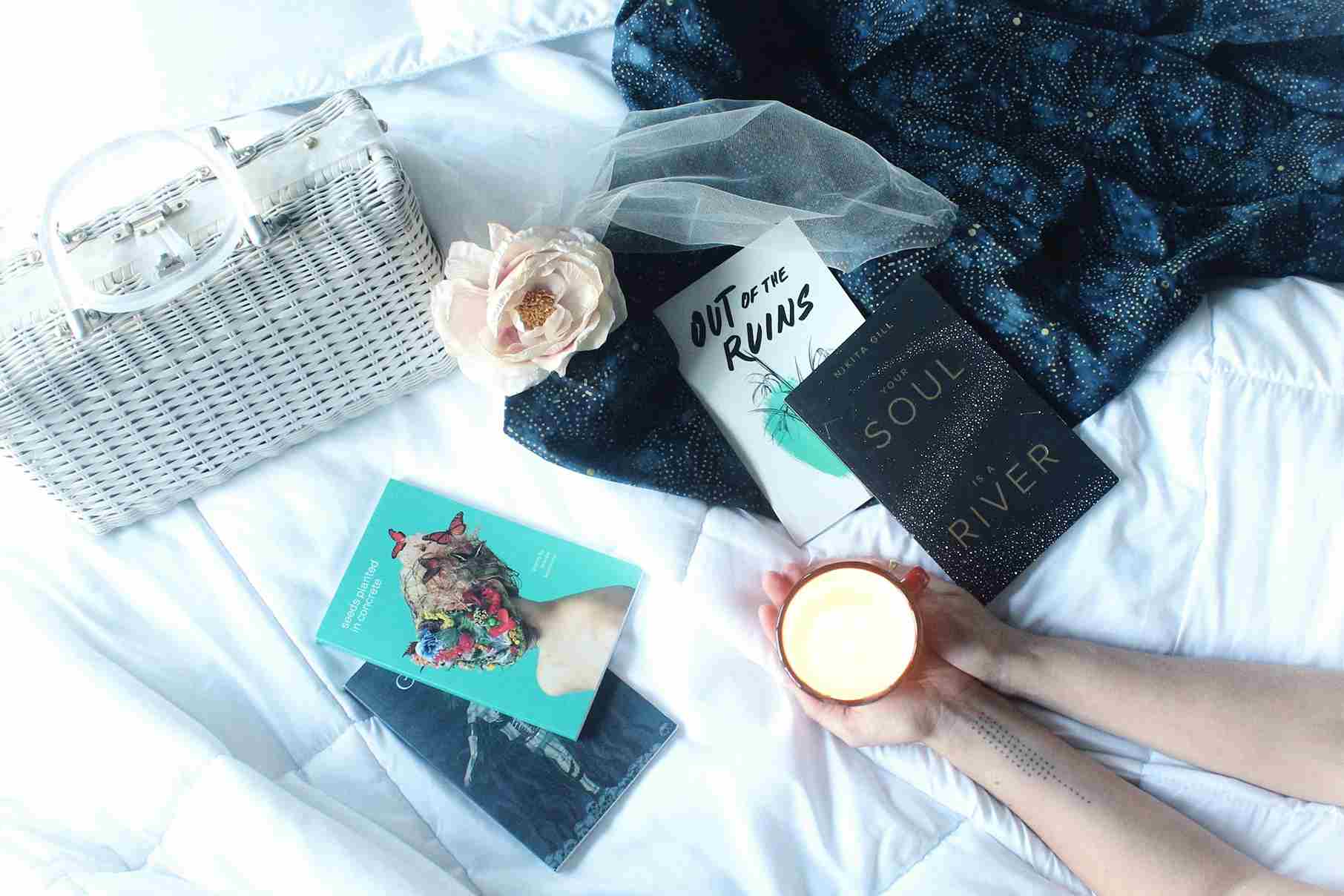
#PoetryTok Popularity
Thanks to the innovation of social media, it has never been easier to discover online communities for just about every hobby or personal interest, including poetry. Viral video platform TikTok is one such place where lovers and consumers of creative writing have flocked to in their droves to share and enjoy a mutual love of the spoken word.
Users of the platform have consumed videos tagged with the label ‘#Poetry’ more than 67.5 billion times already, with videos gaining views every second. The poetry-loving users of TikTok have spawned a number of subcommunities of creatives, with one group, cleverly coined ‘#PoetryTok’, racking up more than 3.7 billion views on content labelled with this hashtag.
As well as that, the hashtag ‘#PoetsOfTikTok’ is slowly gaining in popularity, with more than 583.9 million video views already from users sharing their own original poems ‘to eager audiences.
But what makes poetry so popular on TikTok?
Contemporary poetry, and especially the poetry gaining widespread popularity on TikTok, tends to touch on a range of themes that reflect the diverse perspectives and experiences of our modern society. These poems delve into difficult topics faced by minority groups all over the world and offer a unique perspective on what are often shared experiences.
The most common themes across TikTok’s popular ‘#PoetryTok’ and ‘#PoetsOfTikTok’ communities can largely be broken down into four categories: identity and self-exploration, social justice and activism, love and relationships, and mental health and wellbeing.
Identity and Self-Exploration
Many of TikTok’s poets touch on themes of personal identity, self-discovery and self-acceptance. They explore questions of who they are, where they come from, and their place in the world. These themes often intersect with discussions of race, ethnicity, gender, sexuality and cultural background.
Social Justice and Activism
In this increasingly judgemental world, TikTok poets often use their work as a platform to address pressing social issues, such as inequality, discrimination, racism, environmental concerns and political turmoil. Their poems can shed light on injustices and inspire readers to take action and advocate for change.
Love and Relationships
Love remains a timeless theme in poetry, and the poets of TikTok continue to explore the complexities of romantic relationships, platonic bonds and familial connections through their writing. They often discuss themes of intimacy, heartbreak, longing and the dynamics of love in the modern world.
Mental Health and Wellbeing
With a growing awareness of the mental health struggles faced by some users of TikTok, many of the platform’s poets write candidly about their own experiences with anxiety, depression, trauma and healing. Their poems offer a space for viewers to relate to and find solace in shared emotions.
Poetry and Pop Culture
While poetry can be traced back thousands of years, the modernisation and increased popularity of the art can be linked to a number of contemporary influences. In recent years, there has been a growing trend of considering song lyrics as a form of contemporary poetry due to their artistic merit and cultural impact.
Some of the pop stars whose music and lyrics are often compared to poetry include:
Taylor Swift
Undeniably one of the biggest pop stars on the planet, Taylor Swift’s lyrics are widely considered to be contemporary poetry thanks to their emotional depth and vivid imagery – qualities often associated with poetry.
Kendrick Lamar
As a prominent figure in hip-hop, Kendrick Lamar is often praised for his intricate wordplay, social commentary and storytelling abilities in his lyrics, many of which have been widely reviewed as a form of modern poetry.
Harry Styles
Many of Harry’s self-written songs feature intricate word play and evocative imagery, as well as themes that traditionally can be appreciated from a poetic perspective. His lyrics touch on topics and emotions which are commonly found in poetry as well.
Phoebe Bridgers
An indie folk artist, Phoebe Bridgers is acclaimed for her emotionally rich lyrics that explore themes of vulnerability, relationships and self-discovery, while her storytelling ability has earned her comparisons to traditional poetic expression.
Frank Ocean
Known for his genre-blurring R&B music, Frank Ocean’s lyrics often delve into complex emotions, personal experiences, and introspection. His poetic and abstract approach to songwriting has garnered mainstream acclaim.
Mitski
Mitski’s indie rock music is characterised by its raw emotion and poetic imagery. Her lyrics frequently touch on themes of identity, alienation, and the human psyche.
Just as many pop stars and musicians get to be called poets because their lyrics resemble traditional poetic styles, there have been a number of poignant events which have propelled the original poetry of certain individuals into the mainstream.
Rupi Kaur – 316.2m TikTok views
Known for her short, impactful poems and visual art, Rupi Kaur has grown a massive following on social media thanks to the shareability of the bite-sized poems from her best-selling poetry collections like “Milk and Honey” and “The Sun and Her Flowers.”
Amanda Gorman – 19.2m TikTok views
This young poet gained widespread media acclaim for her poem “The Hill We Climb,” which she famously recited at the 2021 presidential inauguration of Joe Biden and Kamala Harris in the United States.
Warsan Shire – 14.1m TikTok views
This British-Somali poet, whose work often explores themes of identity, migration, and womanhood, gained mainstream attention through her collaboration with Beyoncé on the pop star’s visual album “Lemonade.”
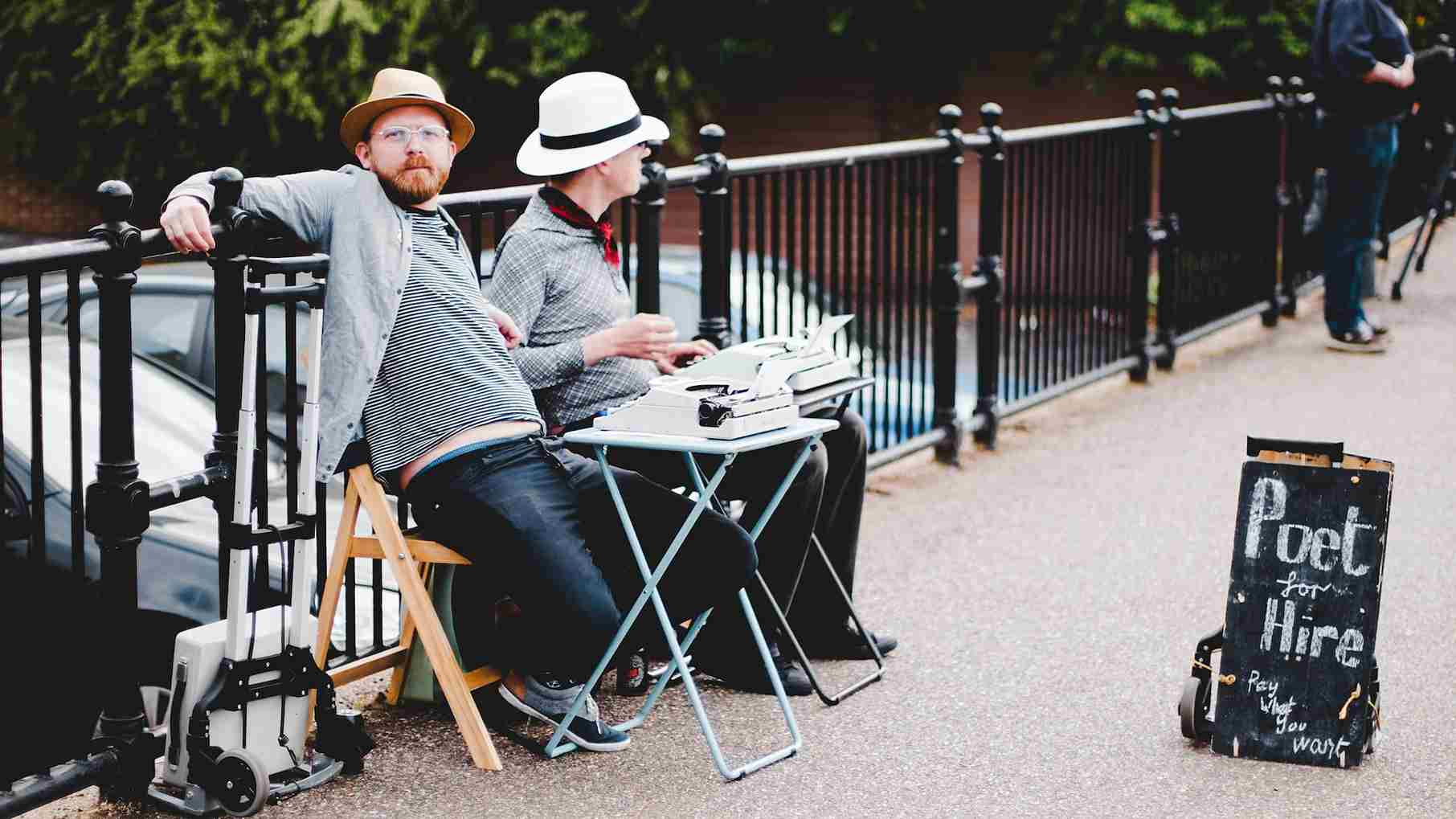
How to Write Poetry
According to Google Trends, more than 47,700 people across the world turn to the internet every month to ask the question “how to write a poem”. While there is no right or wrong way to write poetry, there are a variety of different types of poems, each with their own “rules” to follow.
Whether you are looking to analyse a sonnet or comprehend the difference between a limerick and a Haiku, Exam Papers Plus offers a range of courses to help students tackle these topics.
Some of the most common varieties of poems include:
Sonnet
A 14-line poem with a specific rhyme scheme and meter, often used to explore themes of love, beauty, and emotion. The Shakespearean and Petrarchan sonnets are two popular variations.
Haiku
A traditional Japanese form consisting of three lines with syllable counts of 5-7-5. Haikus often capture a moment in nature or convey a feeling.
Limerick
A light-hearted and often humorous form with a specific rhyme scheme (AABBA) and a specific rhythm pattern. Limericks are known for their playful tone.
Acrostic
A poem in which the first letter of each line spells out a word or message vertically. It can be used as a creative way to convey hidden meanings.
Couplet
Two lines of verse that often rhyme and share the same meter. Couplets are commonly used to conclude sonnets or as standalone poems.
Expert Advice for Poetry Writing
To help those actively looking for information on how to write a great poem, Faisal Nasim, founder of Exam Papers Plus, shares his top tips for producing original poetry.
“With so many types of poetry out there, it can be daunting to know where to start when it comes to writing something original, and meaningful to both you as a writer, and your intended audience.
“But a good poet has something to say; something that can’t be kept inside. Use that personal passion, an experience or an emotion as your starting point, and everything else will fall into place!
“Don’t feel pressured to make your words ‘fit’ into one of the more popular types of poetry, as some of the most raw poems have just been free verses that lack regular meter or rhyming scheme. Unboxing yourself from a specific ‘type’ of poem will allow your words to flow much more flexibly.
“To begin with, just start by jotting down words, phrases or descriptions of images and emotions that you feel about your topic or theme. This will help you gather your immediate thoughts into one place, and allow you a ‘bank’ of thoughts to refer to within your writing.
“Remember to use imagery and descriptive language including metaphors and similes to help engage your audience’s imagination, and play around with sound and rhythm devices like alliteration and assonance to elevate the musicality of your writing.
“Tapping into your emotions will allow you to infuse your poem with personality and authenticity, and help you to convey your feelings through carefully chosen words and phrases.
“Reading your work aloud will help you to identify any awkward phrasing or rhythm issues, and highlight areas that might need some improvement. But, try to embrace imperfection, too! Not all poems are perfect! The process of creative writing is a journey, and each attempt you make will contribute to your growth as a poet.”
For more information on our Poetry Analysis for Interviews and Poetry Comprehension courses, including age restrictions and availability, please get in touch.
Image sources:
unsplash.com
Bookmark this page? Pop your email into the box below to receive a link to this article so you can easily refer back to it later.







